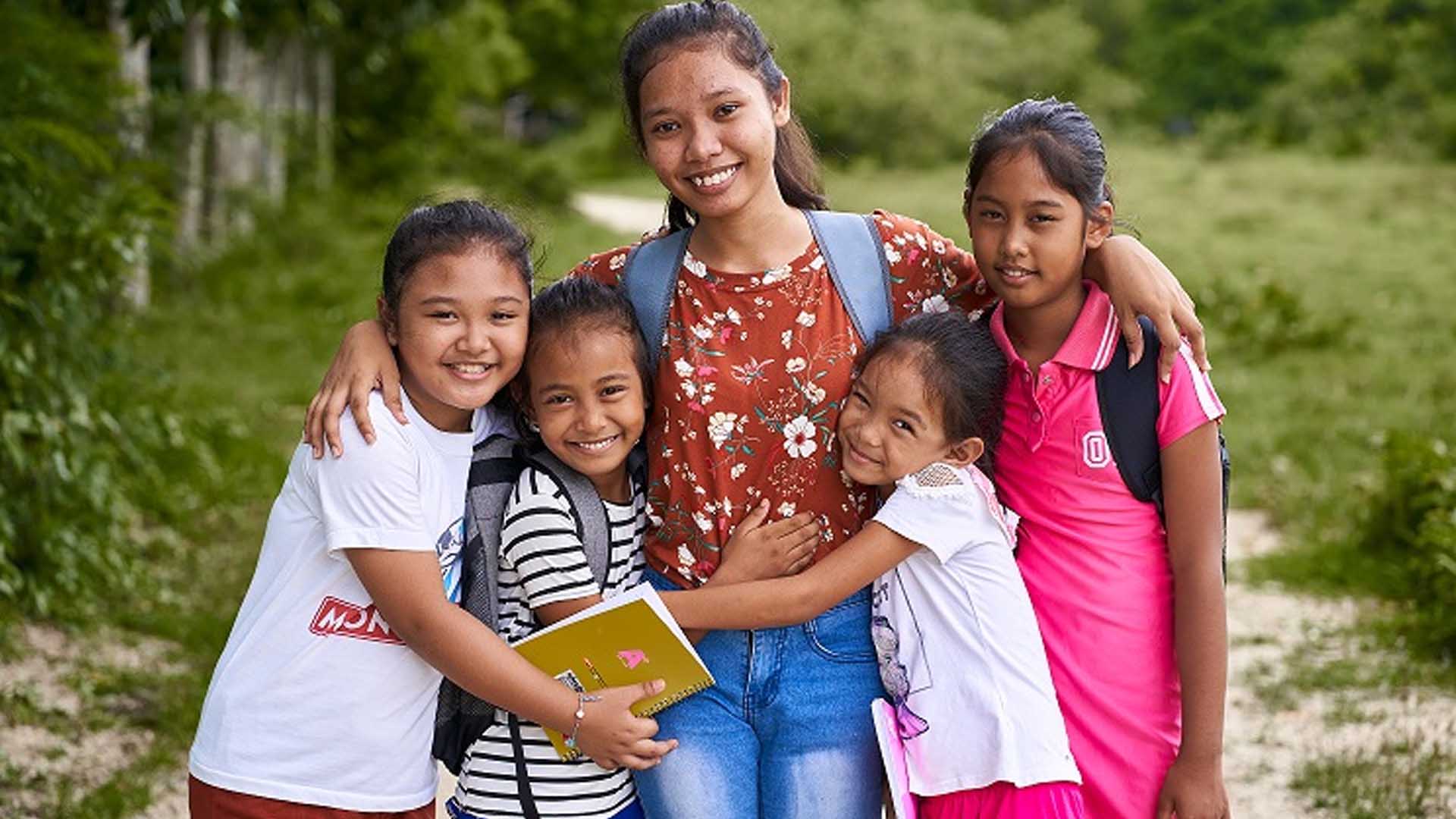For years, the age to determine statutory rape in the Philippines has been the lowest in Asia and one of the lowest in the world. The passage of Republic Act 11648 or an act “providing for stronger protection against rape and sexual exploitation and abuse, increasing the age for determining the commission of statutory rape” responds not only to the Philippines’ obligation to the United Nations Convention on the Rights of the Child, but most importantly, to the call for stronger protection for victim-survivors of sexual violence.
“The passage of RA 11648 is an answered prayer and a timely gift to women and girls as we celebrate International Women’s Month. For more than 90 years, many young survivors of sexual abuse—both girls and boys—were victimized by an outdated system that either silenced them or forced them to relive their suffering. We are hopeful that with this new law in place, many will be given justice and children will be further protected from sexual exploitation and abuse,” says World Vision Executive Director, Rommel V. Fuerte.
Aside from the increase in age to determine statutory rape, other notable provisions in RA 11648 include: (1) equalized protection for victims of rape, whether a boy or a girl, and (2) adoption of “close in age exemption” which serves to reduce or eliminate the penalty of the crime in cases where the couple’s age difference is minor.

“As we work alongside the Philippine government and stakeholders to ensure the implementation of RA 11648, World Vision will also do its part in strengthening the reporting and referral mechanisms of communities we work with and in capacitating duty-bearers to prevent and respond to violence against children,” Fuerte adds.
World Vision in the Philippines is currently present in 28 provinces, 18 cities, and 91 municipalities. Its child protection efforts include strengthening community-based child protection systems, improving parenting support and empowering girls and boys through protective life skills development.




